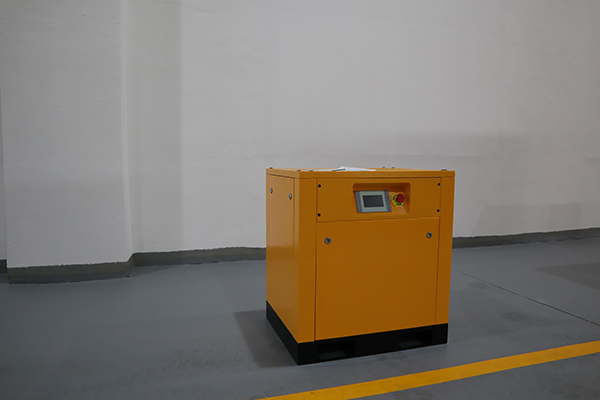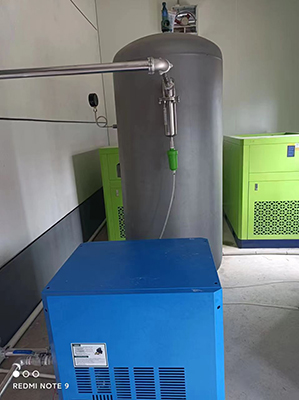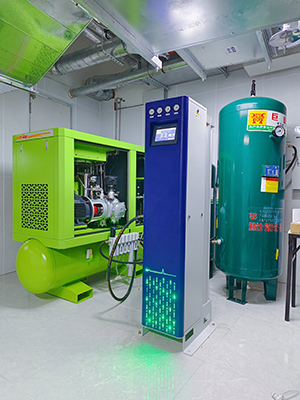medium pressure air compressor selection factors based on air flow rate and tank capacity needs
News 2025-10-24
Medium pressure air compressors, typically operating between 150 and 175 psi, are vital in industries requiring reliable compressed air for tasks like powering pneumatic tools and supporting manufacturing processes. These compressors deliver air at pressures suited for applications where standard units fall short, ensuring consistent performance in environments such as automotive repair and construction. Key to their selection are factors like air flow rate and tank capacity, which directly influence efficiency, operational reliability, and cost management. By focusing on these elements, businesses can optimize their systems to handle specific demands, reducing energy use and minimizing downtime in critical industrial operations.

Understanding Air Flow Rate Requirements
Air flow rate, measured in cubic feet per minute (CFM), defines how much air a compressor can supply over time, making it essential for matching equipment to job needs. In high-demand scenarios like sandblasting or running multiple air tools, adequate CFM prevents pressure drops that could slow production. Different industries set varying requirements; for example, manufacturing lines might need steady high flow for assembly robots, while laboratories require precise, lower rates for controlled environments. This focus on flow rate enhances tool performance and system longevity, ensuring smooth operations without unnecessary strain on components.
Evaluating Tank Capacity Needs
Tank capacity, usually specified in gallons, determines the volume of compressed air stored and available for use, acting as a reservoir during peak usage. A well-sized tank helps maintain stable pressure, reducing the compressor’s cycling frequency and extending its lifespan. In applications with intermittent high demands, such as spray painting or pneumatic conveying, larger capacities provide a buffer, allowing consistent output without constant motor engagement. This aspect is crucial for industries where air supply fluctuations could disrupt workflows, emphasizing the need for capacity that aligns with both average and maximum usage to support efficient and reliable performance.
Balancing Flow Rate and Tank Capacity
Integrating air flow rate and tank capacity effectively requires assessing how they interact to meet operational demands. For instance, a compressor with high CFM but small tank might struggle with sustained use, leading to inefficiencies, whereas one with ample capacity but low flow could fail during intense activities. In sectors like food processing or construction, where air needs vary, this balance ensures energy-efficient operation and minimizes wear. By evaluating these factors together, users can select models that deliver optimal performance, enhancing productivity and reducing long-term costs through better system design and reliability.
Application-Specific Considerations
In diverse industrial settings, the choice of medium pressure air compressors hinges on how flow rate and tank capacity address unique challenges. For example, in mining operations, high flow rates combined with large tanks support heavy-duty tools under harsh conditions, while in pharmaceuticals, precise control maintains clean air standards. This tailored approach highlights the compressors’ role in boosting efficiency, with proper selection leading to safer, more productive environments. Ultimately, focusing on these factors underscores their importance in sustaining industrial processes, fostering innovation and competitiveness through dependable air supply solutions.


